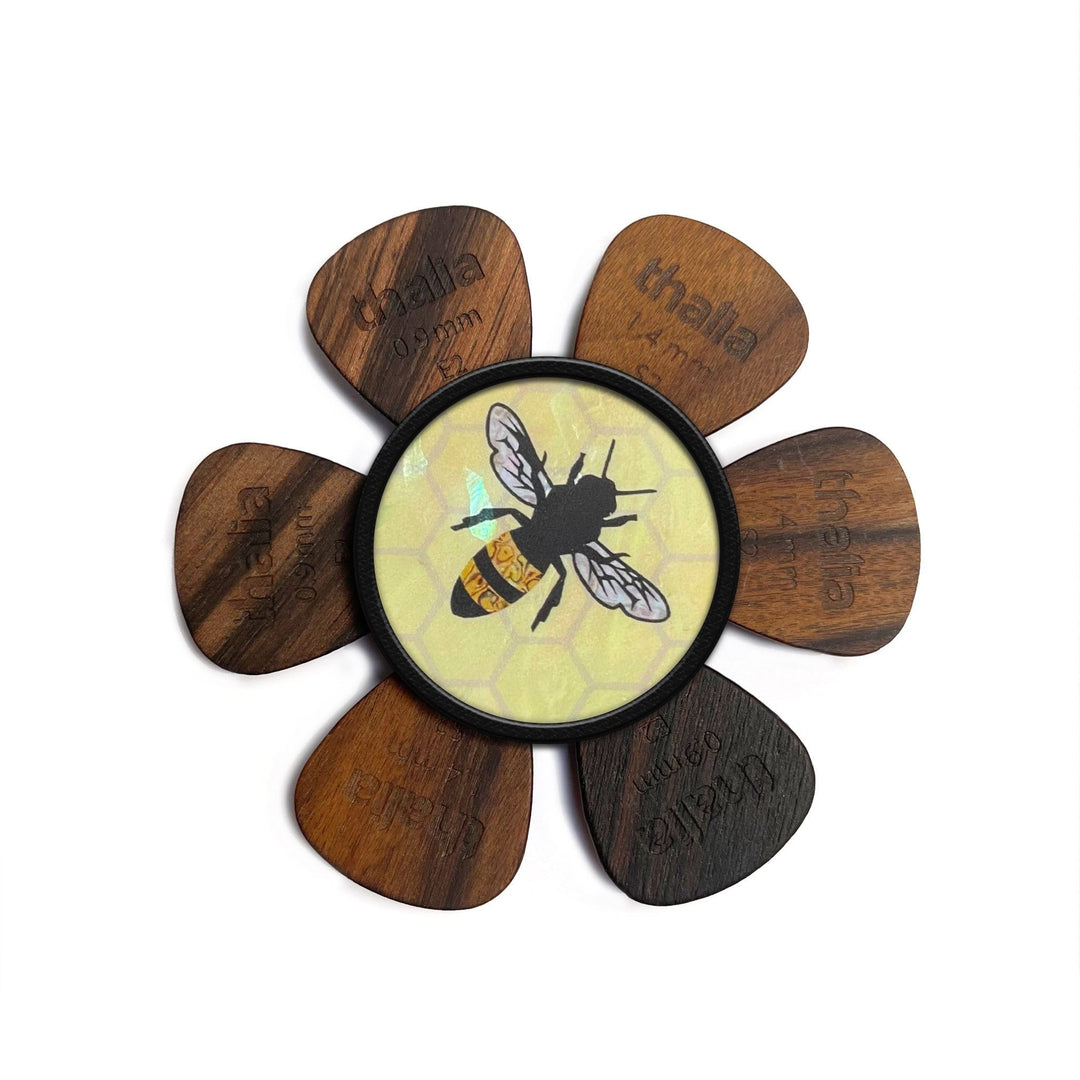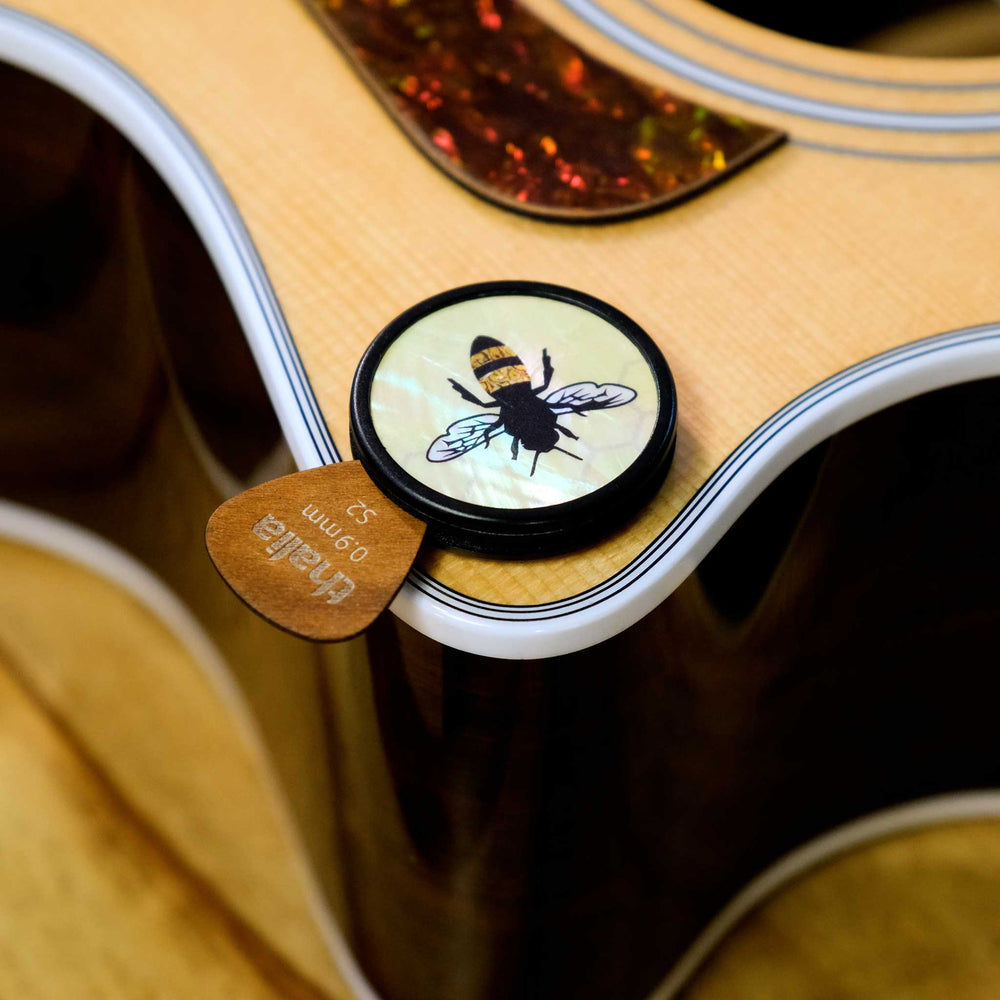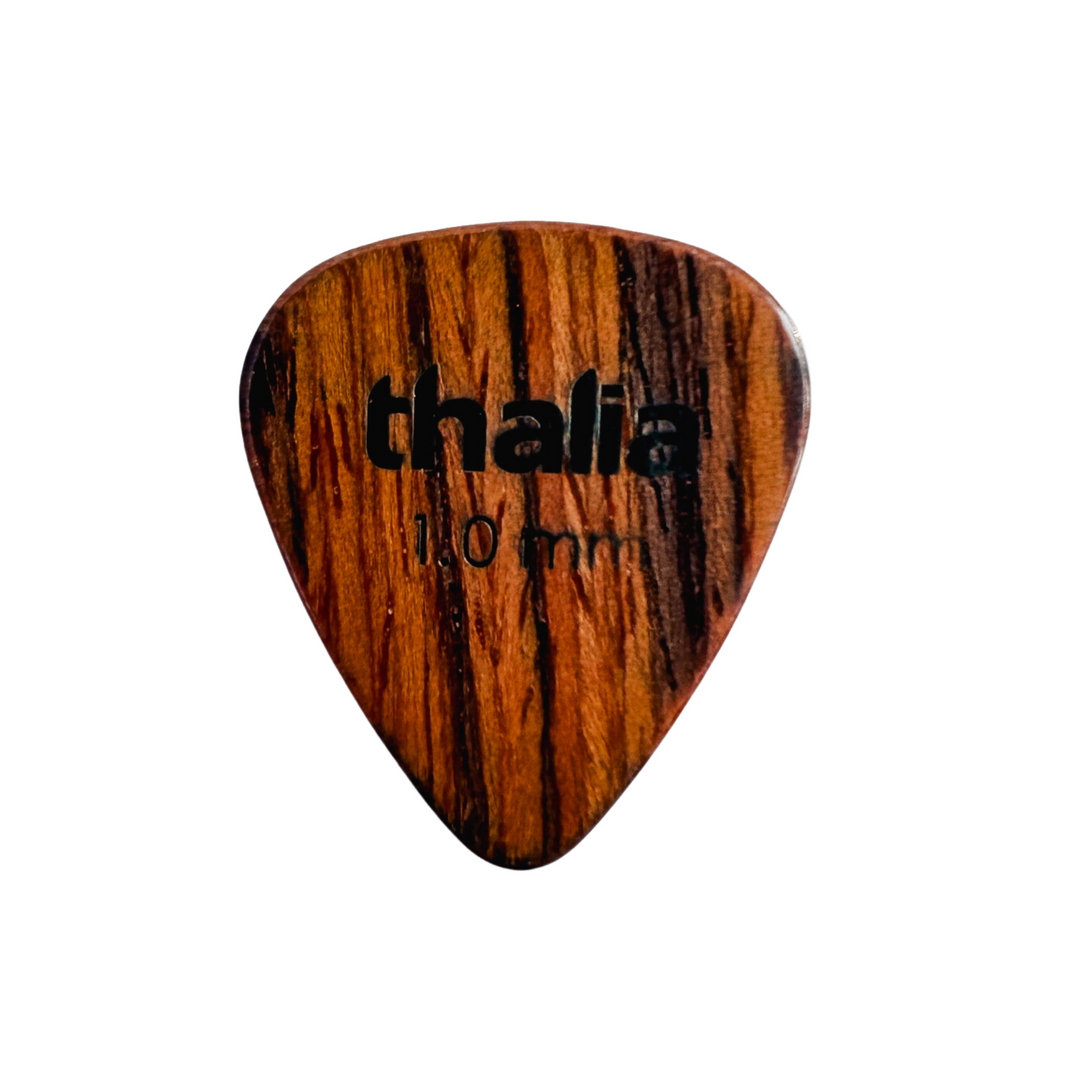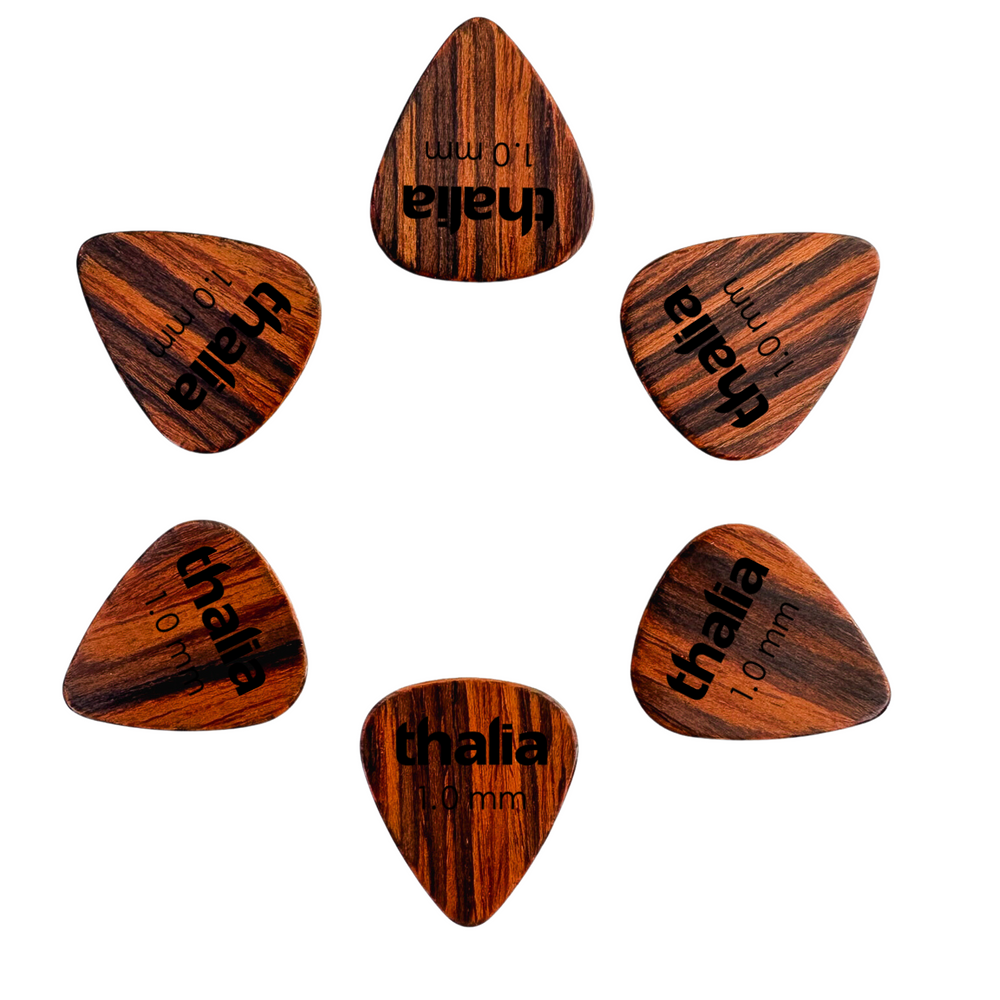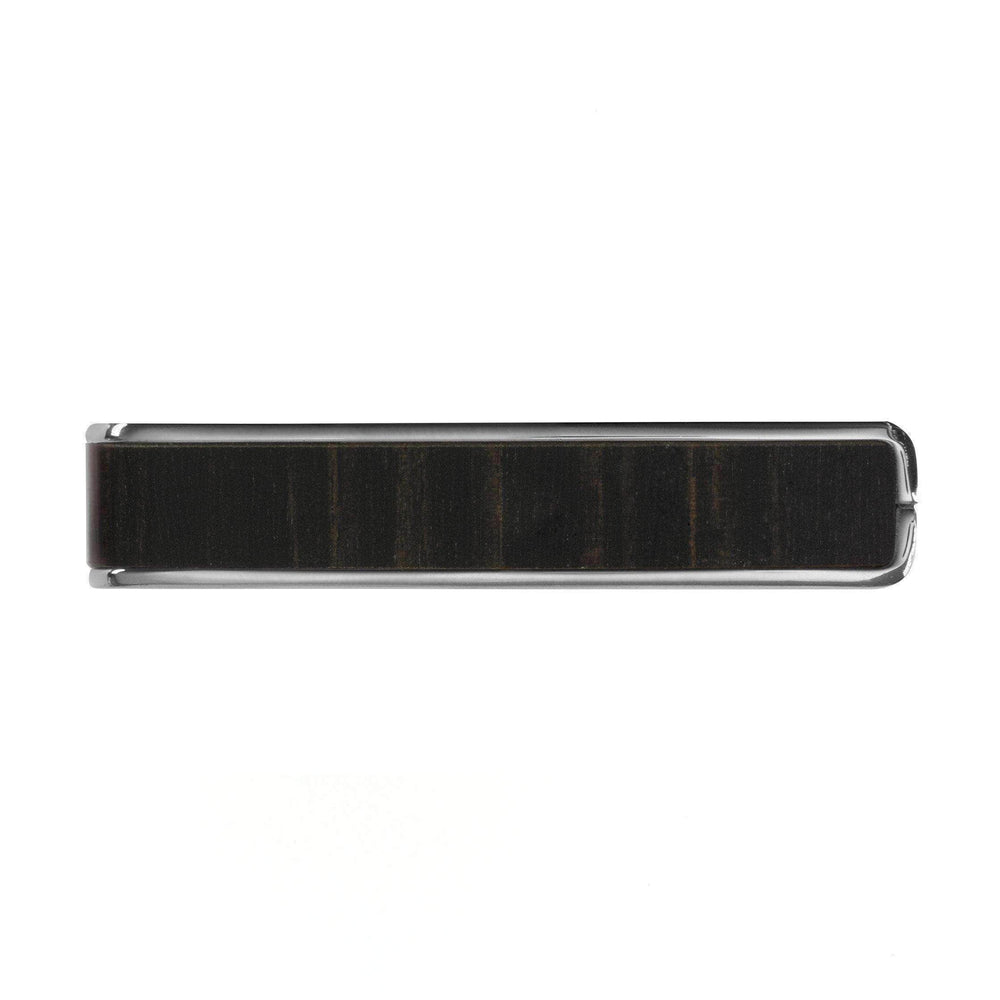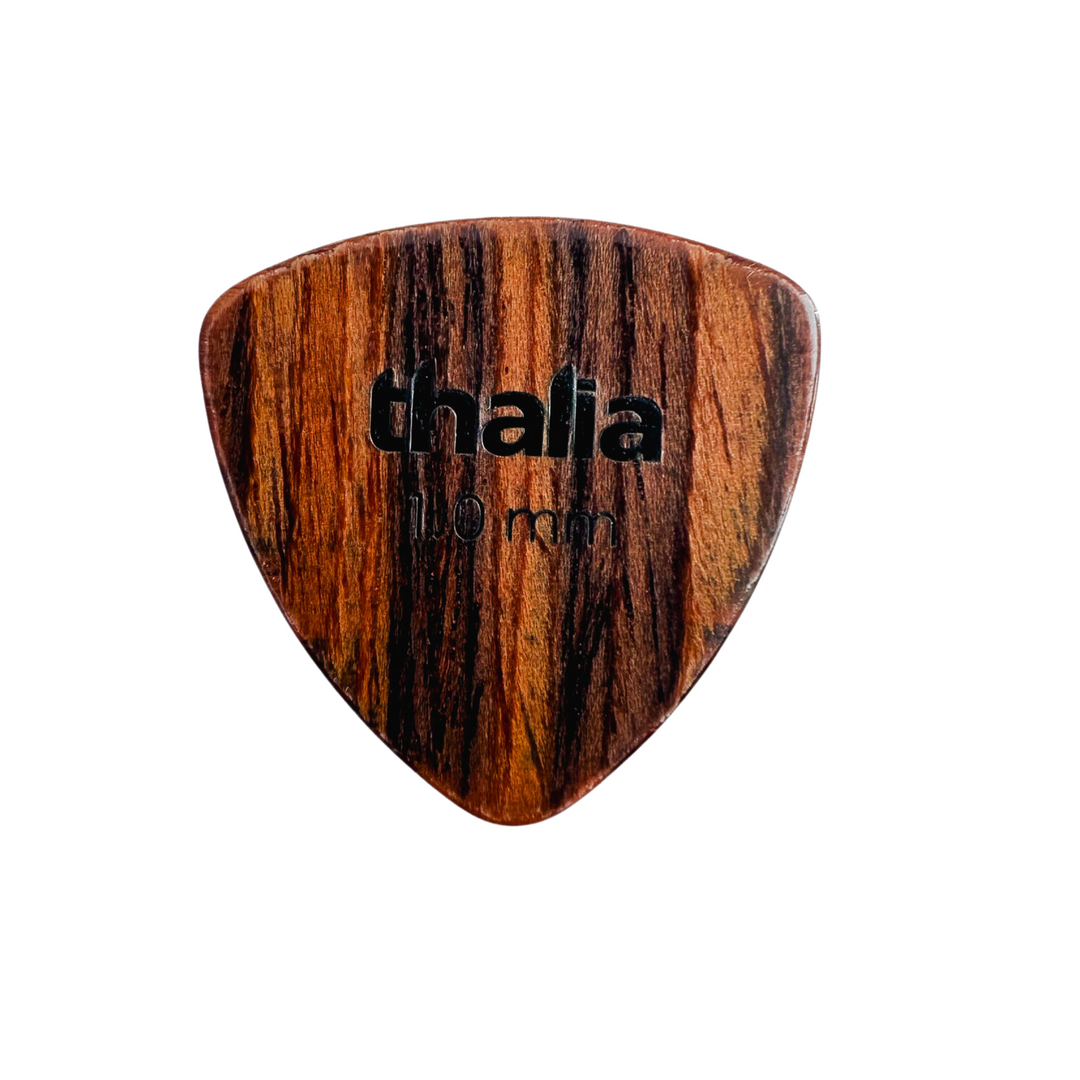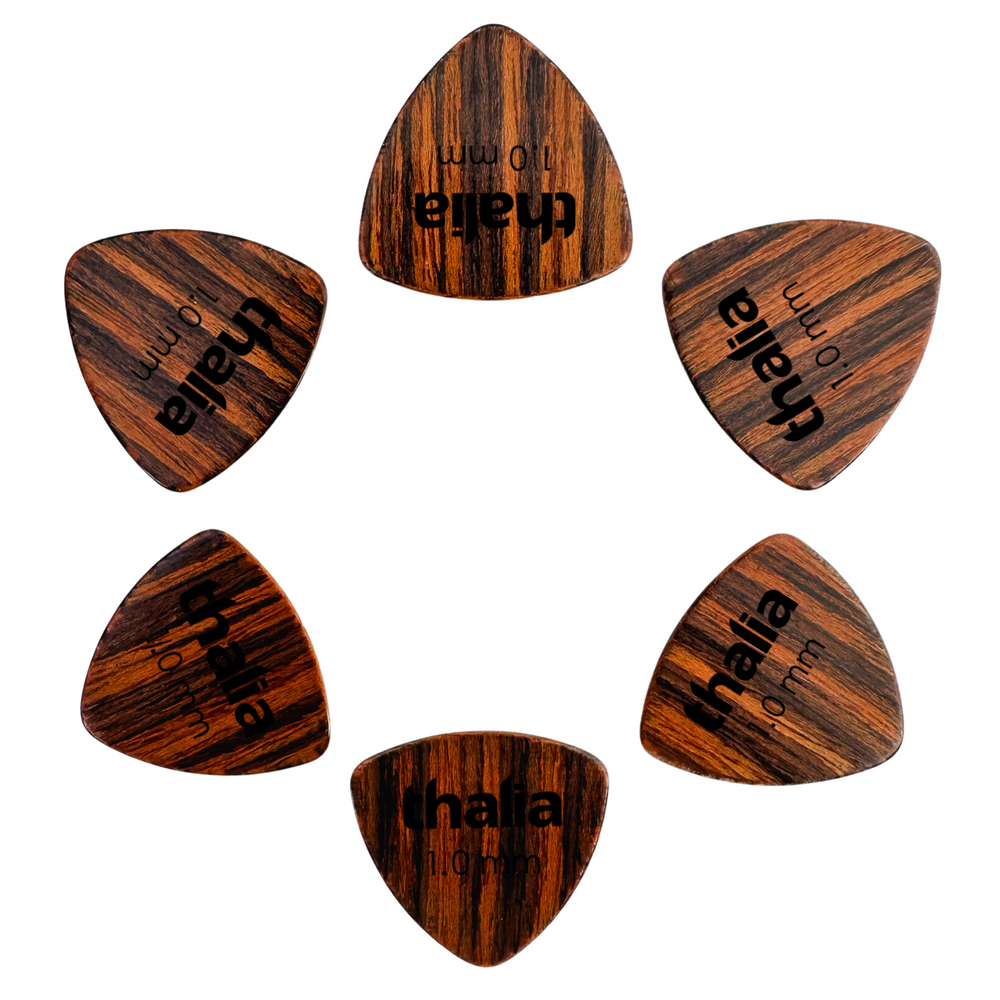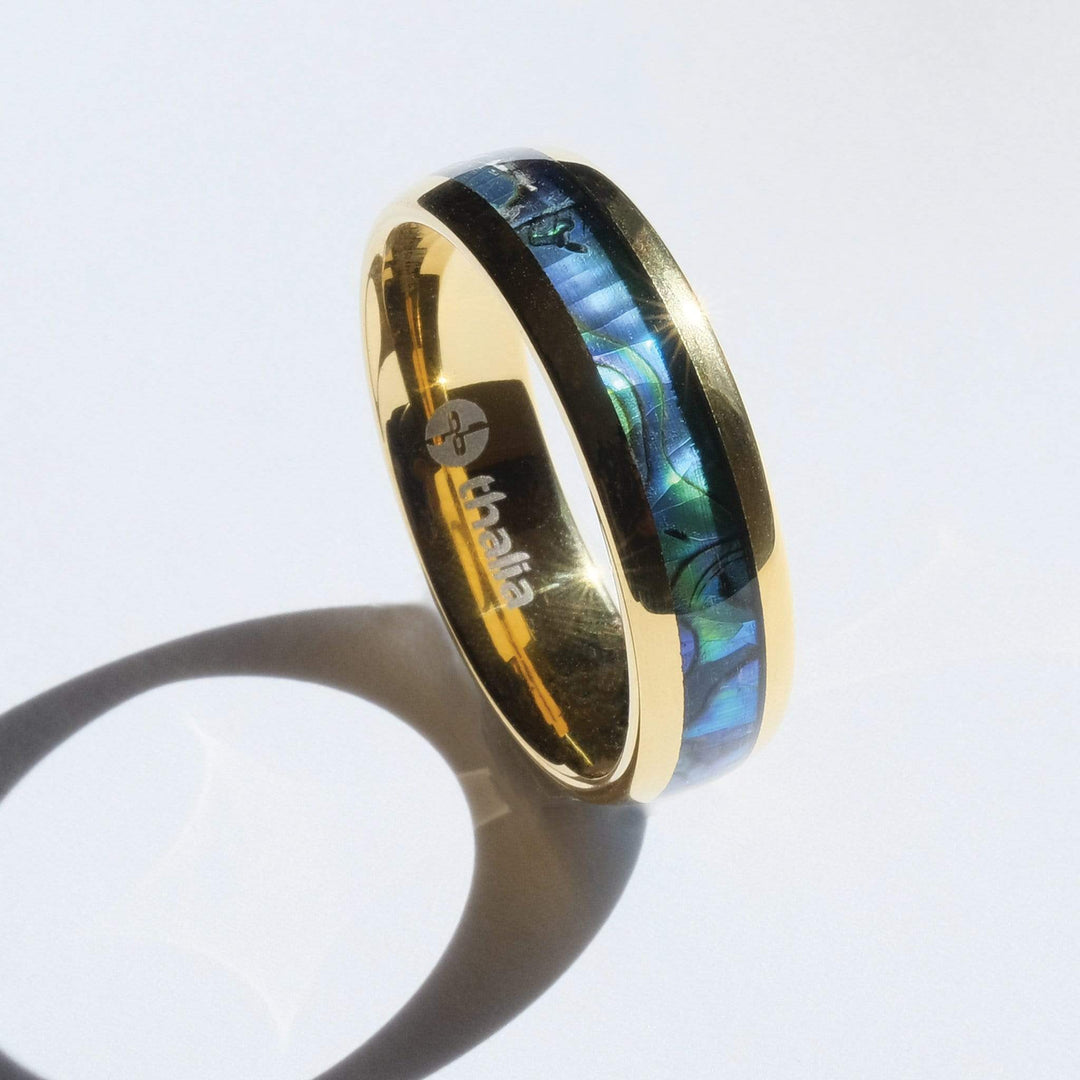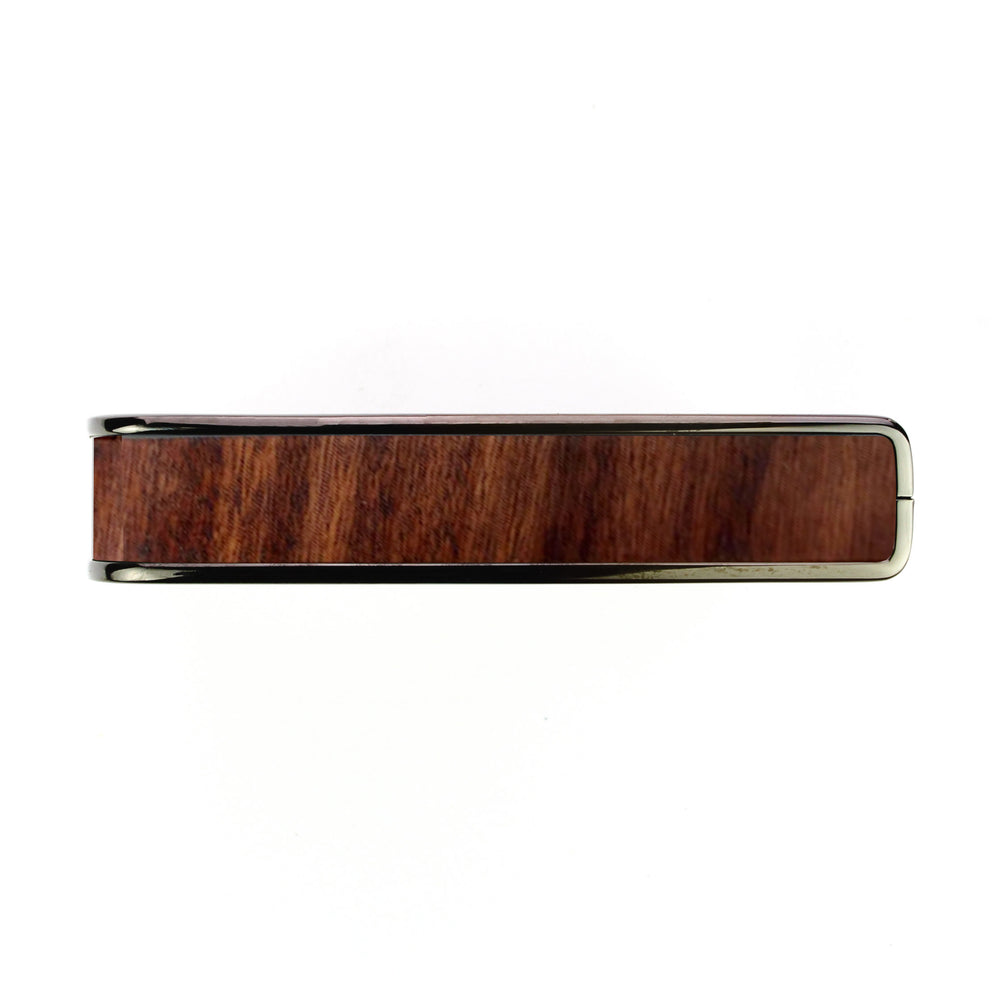Three Ways to Play Like Chuck Berry

In the world of rock n’ roll, they don’t come much more iconic than Chuck Berry. One of the most influential players of all time, the likes of John Lennon, Keith Richards and Angus Young owe an enormous debt of gratitude to Chuck and the legacy of music he created.
It goes without saying, then, that studying Chuck’s playing is about as fundamental a course in rock guitar as you can get.
Today, we’re highlighting three ways that you can achieve that classic Chuck Berry sound.
Bust out the Double Stops
Chuck Berry’s use of double stops (or dyads for the formalists out there) is a major component in his instantly recognizable lead playing style.
For those that don’t know, a double stop is nothing more than two notes played at the same time. In effect, it’s somewhere between a single note and a chord, which is three more notes. They can be played on adjacent or non-adjacent strings, though Chuck’s double stops were almost always adjacent.
When Chuck used them, it had the effect of putting more power behind his lead licks, making them sound bolder and more forceful than a single note equivalent.
If you want to hear what I’m talking about, check out the use of double stops in the intro to “Johnny B Goode.” Here, they really pack a punch, creating one of rock n’ roll’s most iconic moments in the process. Oh, and one more thing; always aim for clarity when using these to maximize their impact, especially when you’re moving through the different strings.
Milk Those Bends
A full bend followed by a double stop is a quintessential Chuck Berry move, and one that’s been emulated by countless Berry disciples (Particularly AC/DC’s Angus Young, who uses this lick liberally).
Throwing these in as a great way to add a bit of lyricism in between the punch of the double stops; in this case, it’s the bends that make the guitar “talk.”
The thing to remember here though is that you want to make sure that the following double stop doesn’t ring out. Keeping it staccato is part of what drives the solo and helps maintain the Chuck Berry vibe.
Brush Up on Your Augmented Chords
Chuck Berry was a fan of throwing in an occasional augmented chord to add a bit of drama to a track. A classic example is the introduction of “No Particular Place to Go” where Berry opens with a flurry of D Augmented 7th chords before charging into the main rhythm part.
The dissonance of the D Aug. 7th creates tension, which Chuck emphasizes by holding that final strike before resolving it with the G chord that follows the line “eidin’ along in my automobile.”
The D Aug. 7th that Chuck played here is actually voiced differently to usual, and is a variation on the E shape barre chord. To replicate it, play an E shape barre at the 10th fret with your pinkie and ring fingers on the 13th frets of the B and A strings respectively.
What’s your favourite Chuck Berry moment? Did you ever see him live? As always, Share your stories in the comments!








